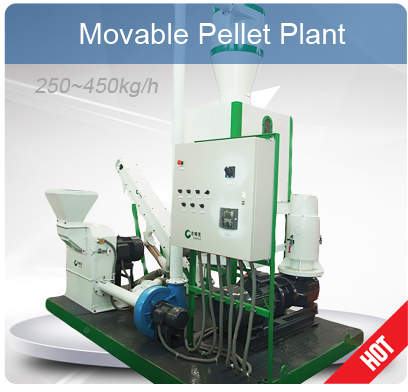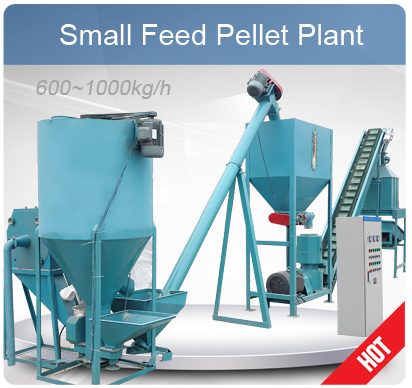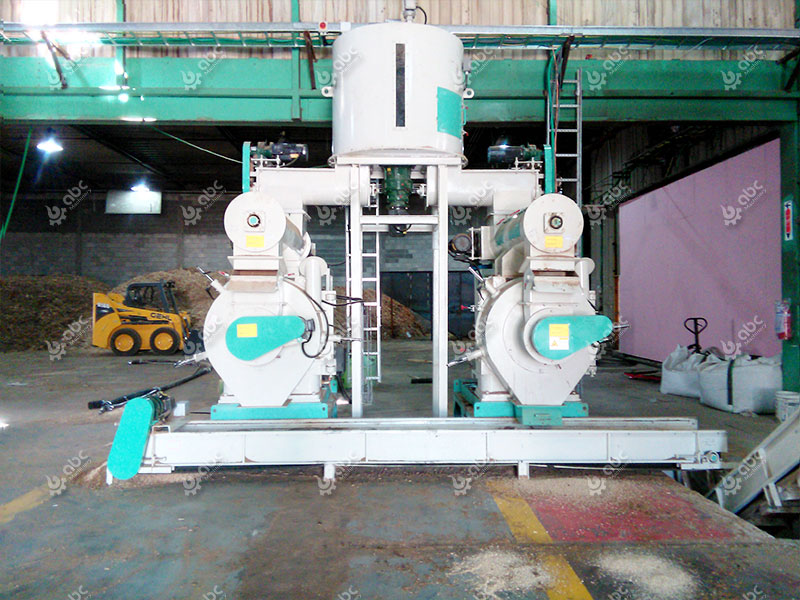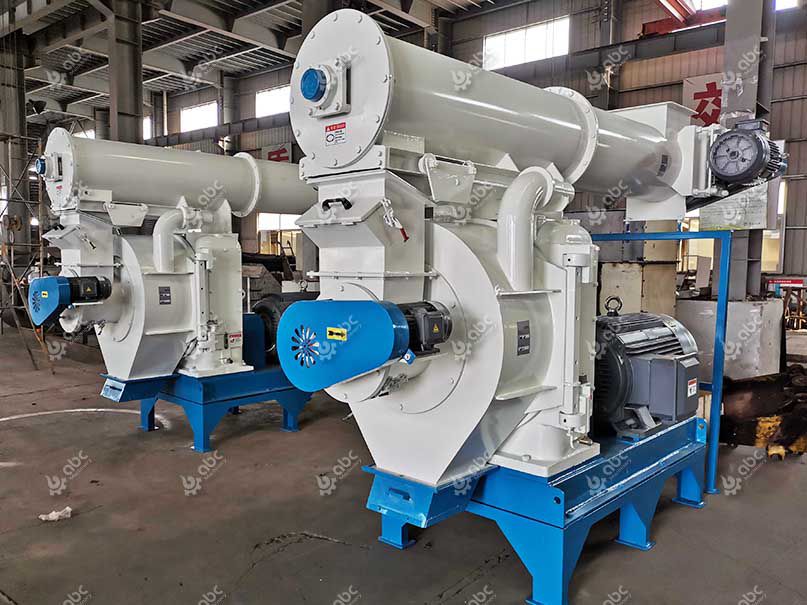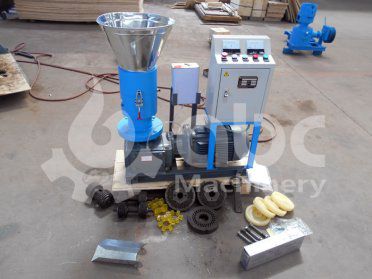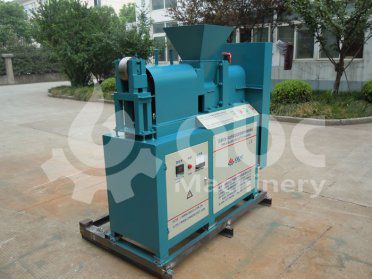Charcoal briquette-making is a vital occupation in Africa. Briquettes are a not only a good source of livelihood in the rural areas, but also provide cooking energy in the bigger cities; besides being traded regionally and nation-wide. Small briquetting machines, which are now vastly used in the country, have actually started promoting economic development, by providing jobs to the unemployed and generating tax revenue as well. It has especially become a major rural income source in regions such as Tanzania, Zambia and Mozambique.
Small Briquetting Machine Inspection Before Delivery
Lately, an new client in Tanzania, East Africa ordered one set of our Small Briquetting Machine (GCBA-I). The followings are some photos about the equipment ordered by this client, taken during the goods inspection before shipping to Tanzania.

GCBA-I Small Charcoal Briquetting Machine

Our Client and His Small Briquetting Assembly Unit
Biomass Briquetting: The Benefits
- Considering the vast deforestation that traditional briquetting leads to, plus the cost of charcoal, briquettes are now being made from organic waste. This has resulted in reduced deforestation, while in no way reducing the income of the rural business people who conduct briquette trade.
- The use of agricultural waste in charcoal briquetting additionally helps in reducing environment pollution and works as a good supplement for traditional wood fuel. These briquettes produce far less smoke and are much less of a health hazard.
- This latest technology in briquetting has led to the use of smaller briquetting machines, which are efficient and productive and provide a good source of alternative fuel to homes, both in rural areas and the bigger towns and cities in Africa.
- Good quality biomass briquettes burn well enough even if used only in small quantities. Hence, it needs lesser volume to generate the same amount of fuel.
Facts about Biomass Fuel Briquetting Production
The raw material used in modern briquette-making include rice husk, coconut husks, maize stalks, leaves, grass, small branches, saw dust and wood shavings. Most of the materials are found in plenty and are generally wasted away in rural areas. Farmers usually burn them off in their fields during the end of the harvest season.

The agricultural waste conserved thus, is then pressed with the help of machines especially designed for them. Small briquetting machines, which have a capacity of about 500kg a day, are most preferred, as they can easily powder and blend the materials together to make sausage-shaped briquettes. The finished products match up very well to traditional ones, which otherwise end up wasting precious natural fuel sources. (Related Product: How to start a biomass briquetting plant? )
Government Support for Briquette-Making
 The Government of Tanzania has presently tied up with several other institutions in order to support its anti-charcoal briquetting policy. Its main aim is to create and promote a market demand for alternative fuel sources; as also to help generate more job opportunities for those in remote rural areas. It is additionally focusing on educating people on the benefits of using non-polluting bio-fuel products, instead of eliminating them. The Government is telling its people how reinvesting this waste will ultimately lead to profits for them.
The Government of Tanzania has presently tied up with several other institutions in order to support its anti-charcoal briquetting policy. Its main aim is to create and promote a market demand for alternative fuel sources; as also to help generate more job opportunities for those in remote rural areas. It is additionally focusing on educating people on the benefits of using non-polluting bio-fuel products, instead of eliminating them. The Government is telling its people how reinvesting this waste will ultimately lead to profits for them.
Will Modern Briquette-Making Revolutionize Africa?
The use of modern briquette-making techniques will undoubtedly benefit Africa in more ways than one. The use of small briquette machines will prove to be economical in the long run; also helping conserve natural resources; while also create a sustainable income source for the people in that region.

 Build Your Future!
Build Your Future!

